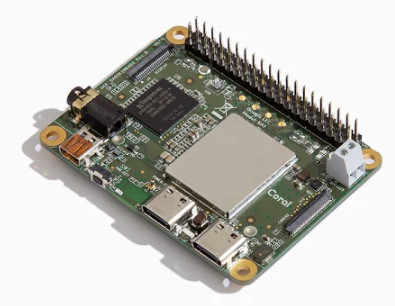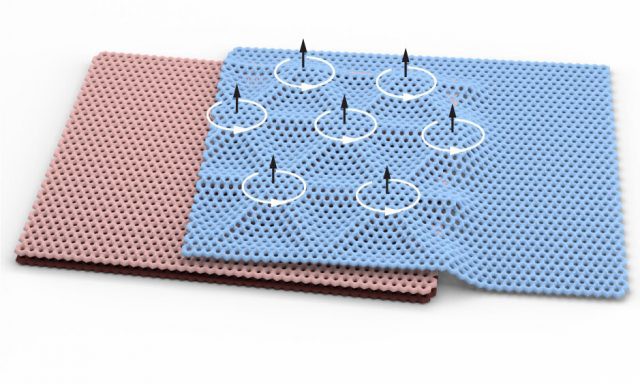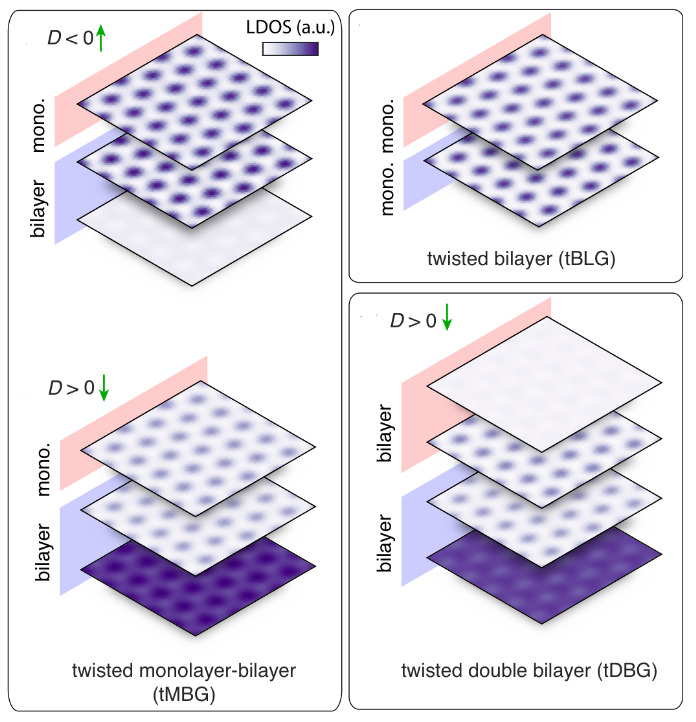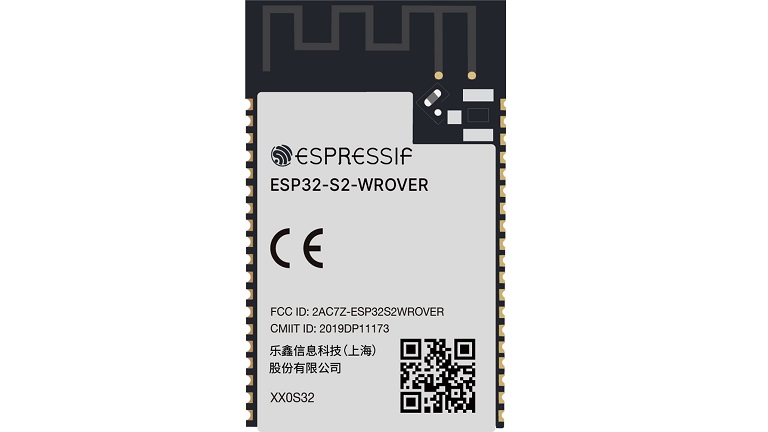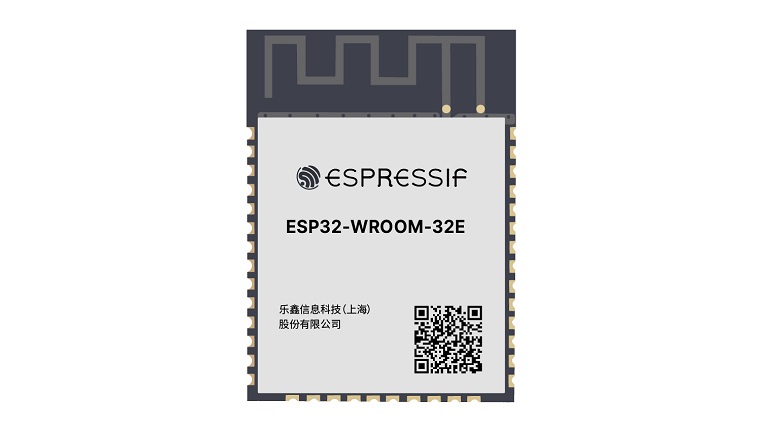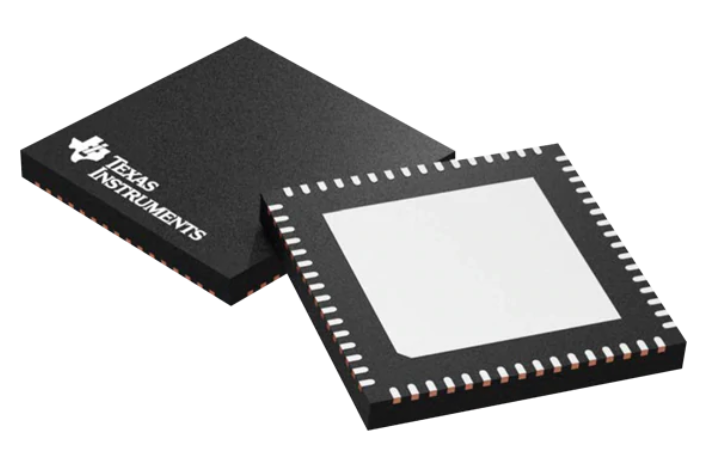
One interesting feature the Raspberry Pi has gotten us used to is having Bluetooth and Wi-Fi on the same board, and it has proven extremely useful for IoT projects that require such connectivity. But sometimes, those power hungry boards can become a burden when you need to make a device that relies on batteries as its main source of power, or maybe you need some more peripherals and do not need Linux. In this kind of projects, a Raspberry Pi is not ideal. But there are other options, one of them being the CC3230S/CC3230SF MCU’s from Texas Instruments, SimpleLink Wi-Fi wireless microcontrollers that offer both Wi-Fi and Bluetooth connectivity (by coexistence with BLE radios), at a very interesting price point.
The CC3230S/CC3230SF MCU’s designed by Texas Instruments is a family of SoC’s that integrate two processors within a single chip. They have multilayered security capabilities, such as separate execution environments, networking security, device identity and key, hardware accelerators for cryptographic engines, application level security, software tamper detection, among others. besides that, it comes packed with peripherals, such as SPI, I2C, ADC, I2S and even a parallel port for a camera sensor, on what is overall a very interesting and feature packed set of MCU’s.
Regarding features, we are looking at:
- MCU: ARM Cortex-M4, clocked at 80 MHz
- Memories: 256 kB of RAM and 1 MB of executable Flash (optional)
- 27 I/O pins that enable a rich set of peripherals (UART, I2S, I2C, SPI, SD, ADC, 8-bit parallel, timers and PWM)
- Integrated DC/DC converters with support for a wide range of voltage supply
- Advanced low power modes
- Wi-Fi 802.11b/g/n 2.4GHz core, with multiple security protocols (WEP, WPA / WPA2 PSK, WPA2 enterprise, WPA3 personal) and modes (Access point, station and Wi-Fi direct)
- Application throughput: 16 Mbps (UDP), 13 Mbps (TCP) with peak of 72 Mbps
- Internet and application protocols: HTTPs, IPV4 and IPV6 TCP/IP stack, 16 BSD sockets (protected with TLS v1.2 and SSL 3.0)
- Multilayered security features
- Coexistence with BLE radios (CC13x2 / CC26x2)
- RGK package of 9 mm x 9 mm
- Industrial temperature range (-40 to 85 ºC)
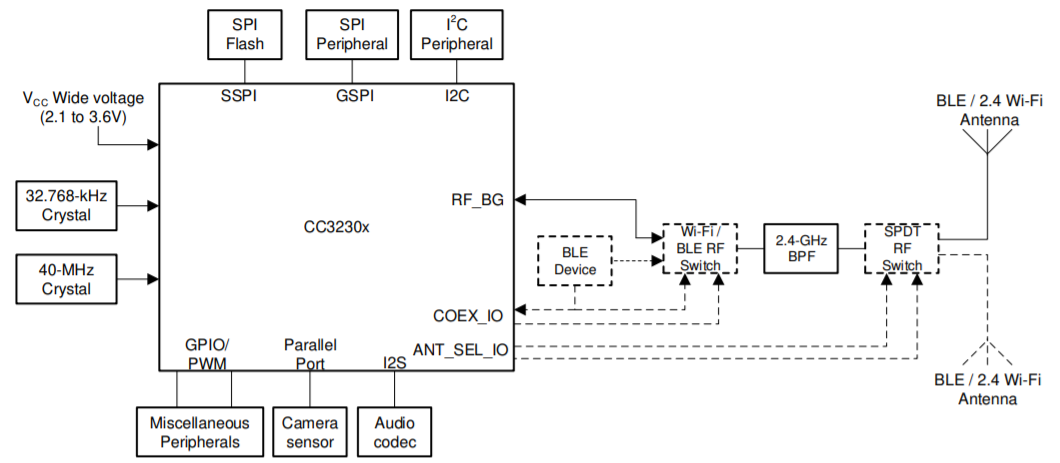
As you can see, it is quite packed in features and allows you to develop a lot of interesting IoT applications, specially if secure connectivity and energy savings are what you are looking for. Typical projects that fit into this category are building and home automation ideas, such as HVAC systems, thermostats, video surveillance, doorbells and cameras on areas of difficult access, building security systems, smoke and water leak detectors. Other areas of interest are asset tracking, factory automation and healthcare / medical industries. Lastly, its pricing starts at $8.08, which is very competitive, if you consider the set of features it provides.
TI CC3230S/CC3230SF Mouser link: https://eu.mouser.com/ProductDetail/Texas-Instruments/CC3230SM2RGKR?qs=hWgE7mdIu5SGWGaKoI87EQ%3D%3D


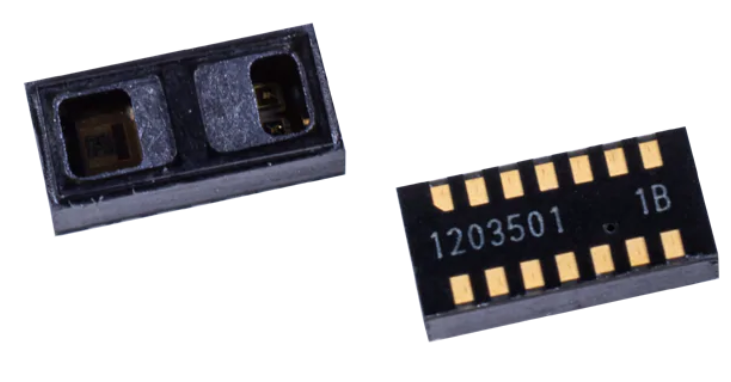
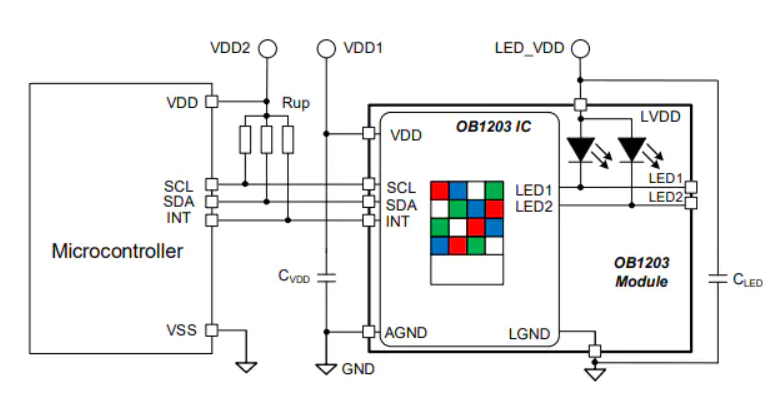
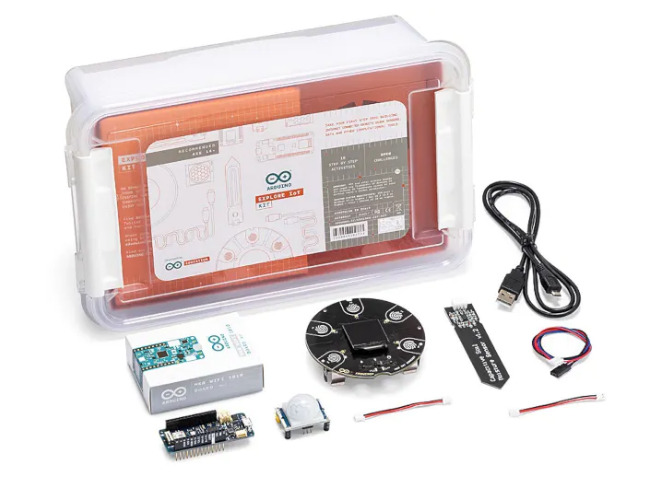
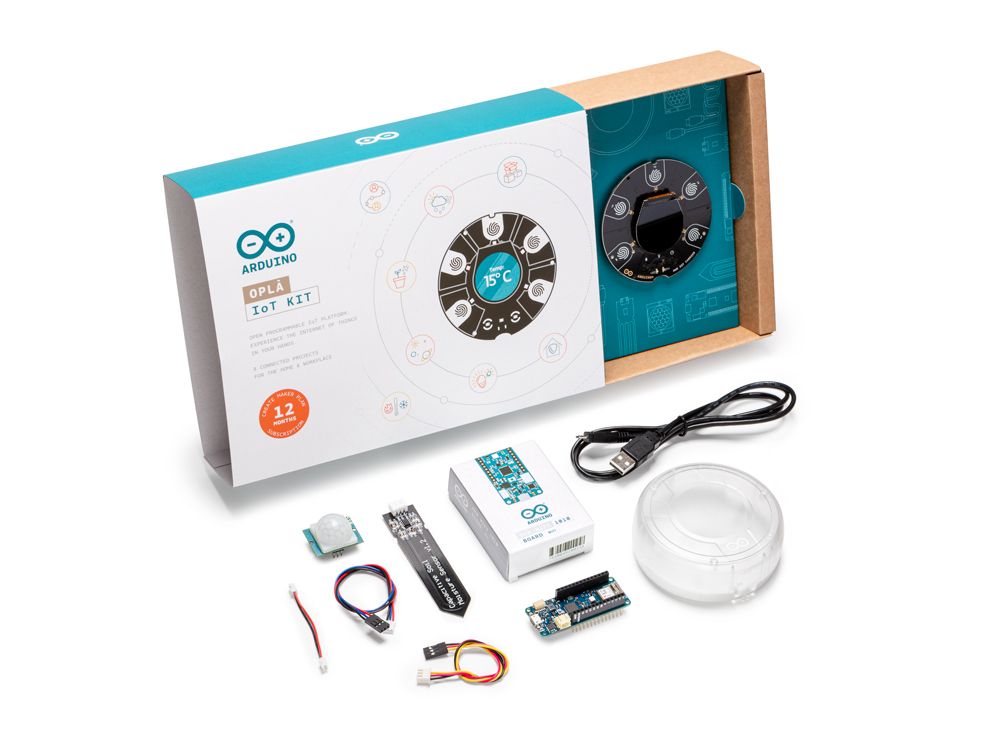
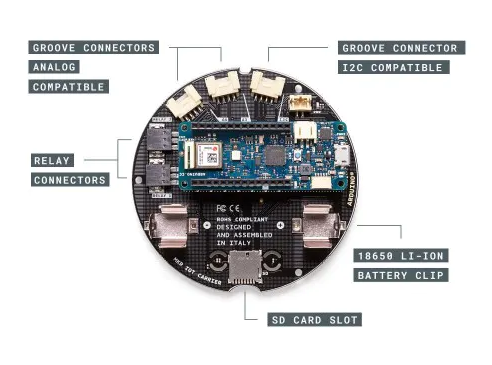
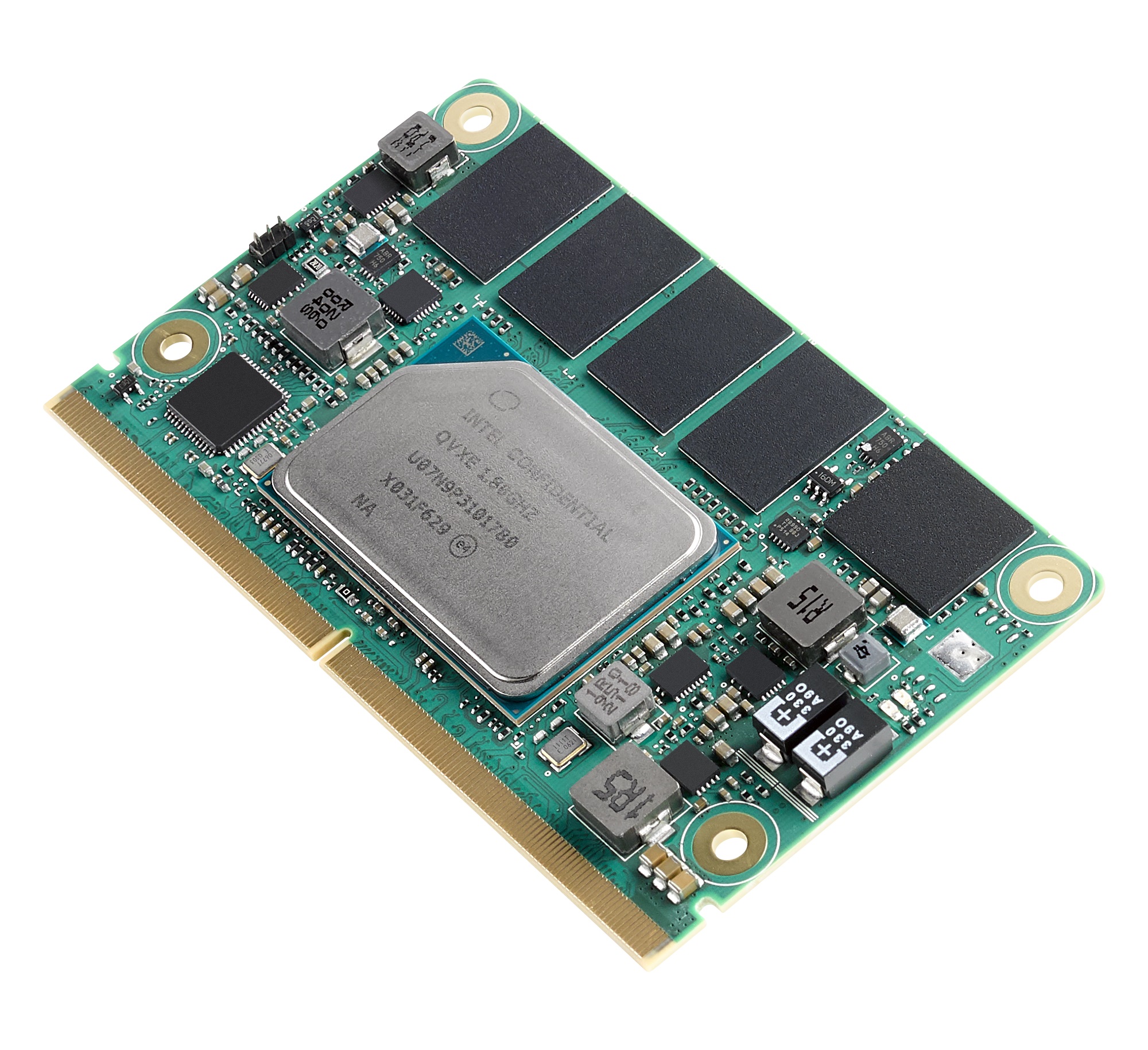
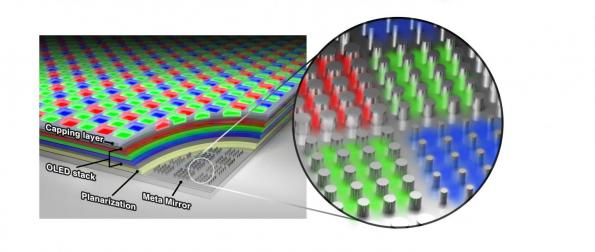
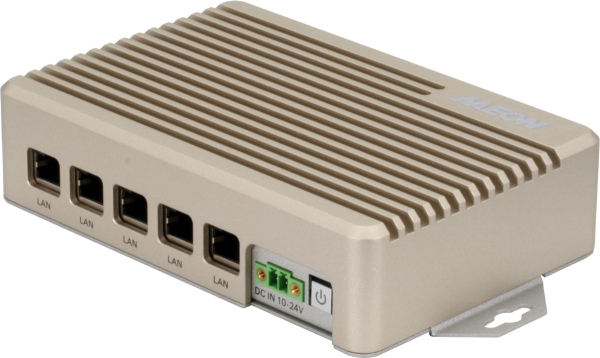
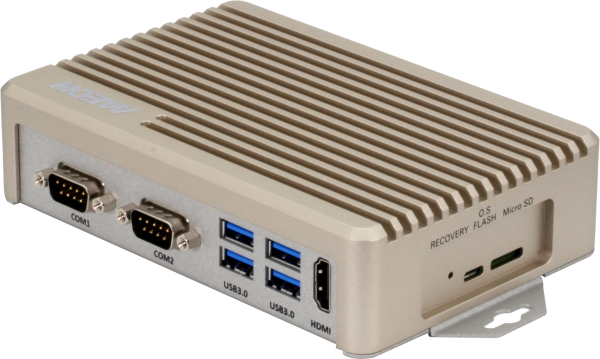

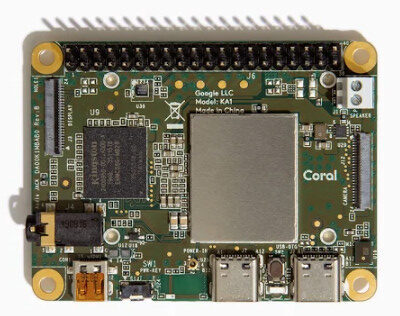 At the beginning of this year, we saw Google’s announcement of a stripped-down
At the beginning of this year, we saw Google’s announcement of a stripped-down 